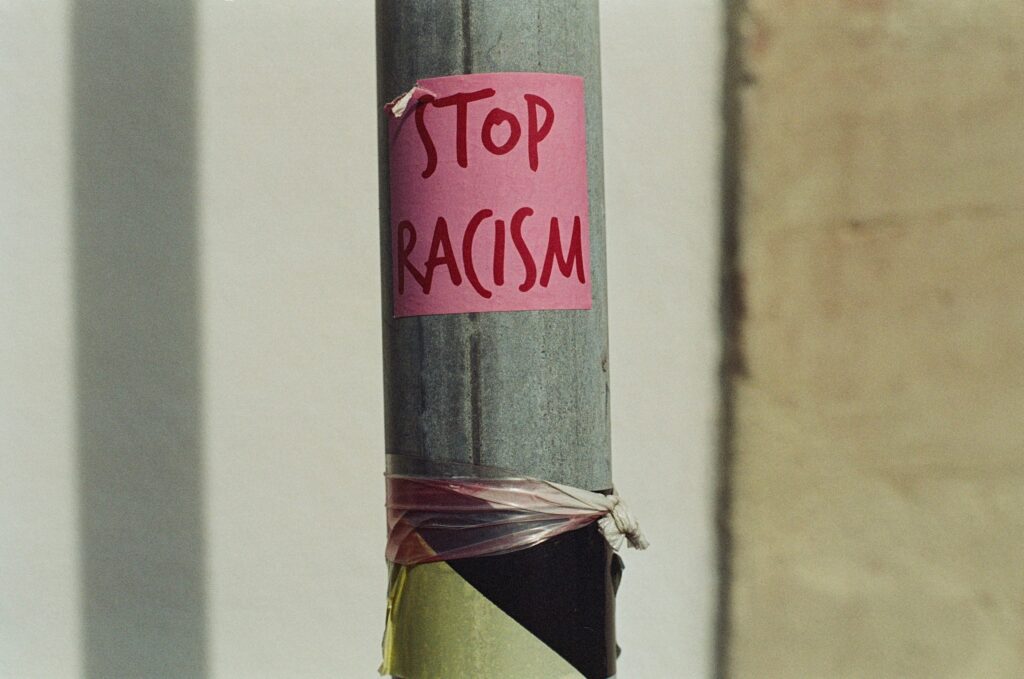Peter Finch worries that Bute Park, Cardiff’s green lung, is flaking away
In the early season Spring sun Bute Park was teaming. The Cardiff RHS flower show (heavy on plants, light on tractors) had attracted our liberal population in droves.
Cardiff, land of safety: zebras and pelicans, protected road crossings, traffic light sets, street speed calmers, sleeping policemen, directional signs, chicaned junctions, and other ways to give the pedestrian priority. A Liberal victory. Better record than their predecessors, by a few miles. Although Bute Park, like the pavements that lead to it, mixes cyclist with buggy pushing family and seems to allow lycra-clad racers to occupy the same lanes as wheelchair users. But we’ll skip that concern.
The West Lodge, the ever-locked 1860 gate house to the park, west of the Castle, was open. This was a condition I’d never before witnessed in decades of living in the Capital. Inside was a Bute Park Restoration Project exhibition. Well ordered, well detailed. News of tree works, the proposed opening of the north gate to the Castle, the plan to repair the Animal Wall, the idea that the mill leat should again be filled with water, a detail about the new William Burges Summerhouse replacement (the repaired original is now in St Fagans). Plans, photos, descriptions, leaflets plus staff on hand to answer any question. No mention anywhere about the essential new North Road highway being carved into the park to allow access by show facilitating juggernaut. No, I’m wrong. It’s there in small print on one of the maps. Could someone be trying to minimise reference to this unnecessary, unpopular and unwelcome intervention? Heaven forbid.
The new Summerhouse, when I reach it, has a vague family resemblance to the Burges original. Same slope to the roof, same open sides. But from then on history gets ignored. This indispensable new outlet for hot beverages and crisps is at least four times bigger than the hut it replaces. How many billiard tables could you get inside? Quite a few.
 On the other side of the new Millennium Bridge lies Sophia Gardens, a tract of land named in honour of his wife by the second Marquis and given to Cardiff’s citizens in 1857. When it opened it had flower beds, a drinking fountain, and great expanses of green. Not a building anywhere. Today it’s a sports centre and stadium housing car park. Essential provision for visitors. Sophia Rawdon-Hastings. Daughter of the 1st Marquess of Hastings and wife to the 2nd Marquess of Bute would have been appalled.
On the other side of the new Millennium Bridge lies Sophia Gardens, a tract of land named in honour of his wife by the second Marquis and given to Cardiff’s citizens in 1857. When it opened it had flower beds, a drinking fountain, and great expanses of green. Not a building anywhere. Today it’s a sports centre and stadium housing car park. Essential provision for visitors. Sophia Rawdon-Hastings. Daughter of the 1st Marquess of Hastings and wife to the 2nd Marquess of Bute would have been appalled.
Cardiff’s green lung is flaking away. By attrition patches go. New path, new hut, new essential enterprise, new bridge, new hard standing, new gate, new wall, new access, new control centre, new garden workshed, new training facility, new café, new changing rooms, new administration offices, new courtyard, new car park. This salami slicing has been going on for one hundred years and now it’s accelerating.
The Tories recently have been pushing the idea of a return to local democracy, of putting power back into the hands of people, of involving communities in the making of the decisions that affect them. The establishing of local councils. Brilliant idea. Councils of locals. Why has no one ever thought of this before?
But then again as I watched the anti-Bute Park access road protestors (no2lorriesinbutepark) recently engaging with Cardiff Council I began to have my doubts. Professor Kevin Morgan was accurate, erudite, persuasive and glum. Good TV, but hasn’t yet made a blind bit of difference. The Liberals make for far better local authority managers than their overtly socialist predecessors. But they still have blind spots. Hands up those of you out there who think the Bute Park access road is a good idea? Thought as much. Roll on local democracy. Let’s vote for it now.
Peter Finch’s recently published Real Cardiff Three has a section on Sophia Gardens here








Comments are closed.